Question And Answer
Publications
Articles, publications, books, tools and multimedia features from the U.S. Institute of Peace provide the latest news, analysis, research findings, practitioner guides and reports, all related to the conflict zones and issues that are at the center of the Institute’s work to prevent and reduce violent conflict.
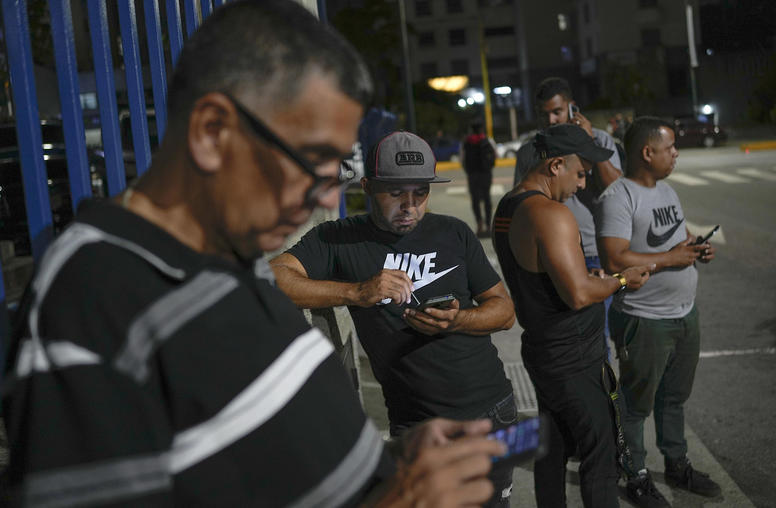
Huawei’s Expansion in Latin America and the Caribbean: Views from the Region
Since its founding in Shenzhen, China, in 1987, Huawei has grown into one of the world’s major information and communications technology companies, but its ties to China’s government and military have been regarded by US officials as a potential risk to national security. Latin American and Caribbean countries, however, have embraced the company for the economic and technological benefits it provides. This report explains the stark contrast between Huawei’s standing in the United States and its neighbors to the south.

Addressing Gendered Violence in Papua New Guinea: Opportunities and Options
Each year, more than 1.5 million women and girls in Papua New Guinea experience gender-based violence tied to intercommunal conflict, political intimidation, domestic abuse, and other causes. It is, according to a 2023 Human Rights Watch report, “one of the most dangerous places to be a woman or girl.” Bleak as this may seem, it is not hopeless. USIP’s new report identifies several promising approaches for peacebuilding programming to reduce gender-based violence and effect meaningful and lasting change in Papua New Guinea.

The 2021 India-Pakistan Ceasefire: Origins, Prospects, and Lessons Learned
The February 2021 ceasefire between India and Pakistan along the Line of Control in Kashmir has—despite occasional violations—turned into one of the longest-lasting in the countries’ 75-year shared history. Yet, as Christopher Clary writes, the ceasefire remains vulnerable to shocks from terrorist attacks, changes in leadership, and shifting regional relations. With the ceasefire approaching its third anniversary, Clary’s report examines the factors that have allowed it to succeed, signs that it may be fraying, and steps that can be taken to sustain it.
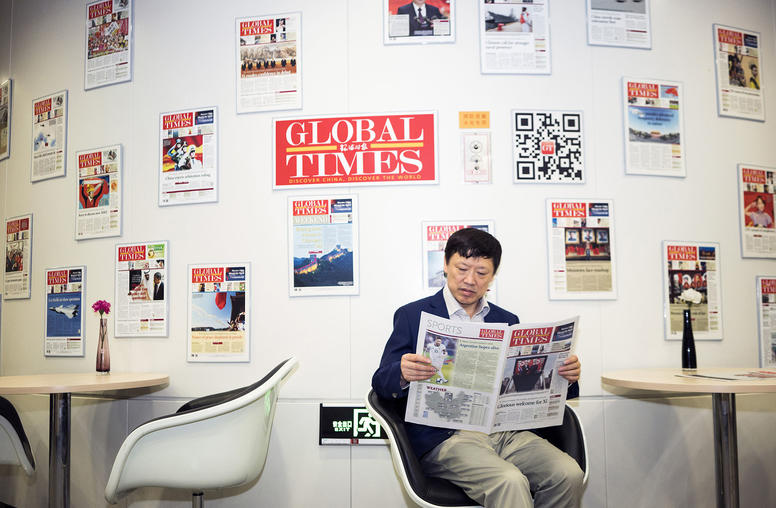
“Sewage of the Cold War”: China’s Expanding Narratives on NATO
Although China’s views on NATO have fluctuated since the early days of the Cold War, Beijing’s recent statements on the alliance have sharpened. This report argues that they amount to a “rhetorical attack” on the alliance’s legitimacy that can potentially undermine trust among its Asia-Pacific partners and, more broadly, confidence in Western ideas of collective security. The report offers recommendations for investments NATO should make in understanding, tracking, and countering Chinese narratives about the alliance.
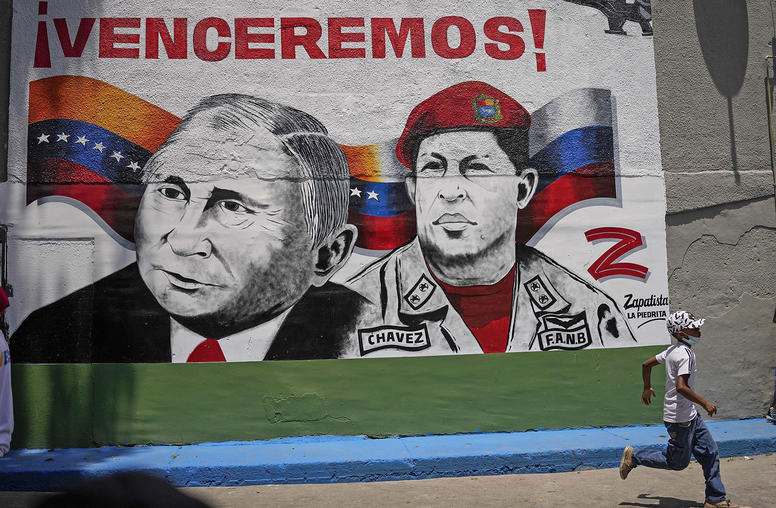
Russian Influence Campaigns in Latin America
Using disinformation, economic coercion, and covert and overt political action, Moscow has sowed anti-US sentiment and weakened democratic institutions in Latin America—a strategic space critical for Washington—while shaping the behavior of Latin American governments in Russia’s favor. This report examines Russia’s strategic interests, objectives, and tactics in Latin America by exploring its use of media platforms, key influencers, and institutions, and it offers recommendations for how US policymakers can begin to push back against expanding Russian influence.
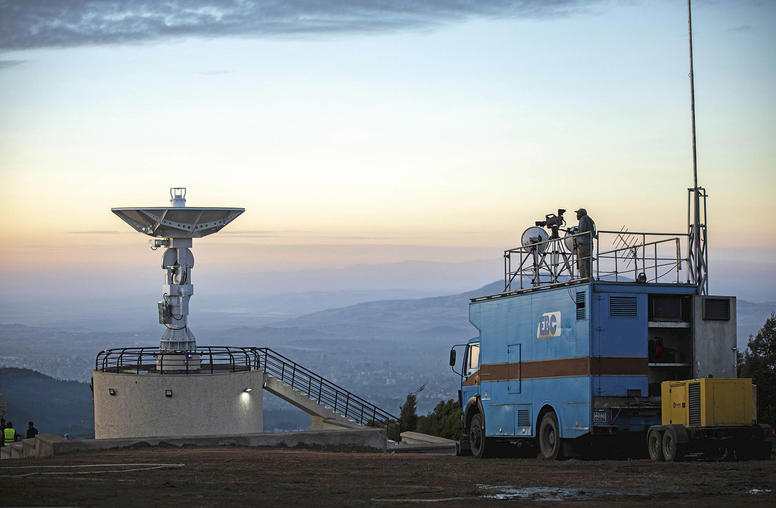
China’s Space Collaboration with Africa: Implications and Recommendations for the United States
Beijing has made support for the development of African nations’ space programs a key incentive for the continent to form closer ties with China. By contrast, although US federal agencies and universities are actively involved in research partnerships with some African countries, space technology has not been a focus of US foreign policy in Africa. This report provides an overview of China’s partnerships with Africa’s space programs and offers recommendations for boosting US engagement to advance shared diplomatic, economic, and security objectives.
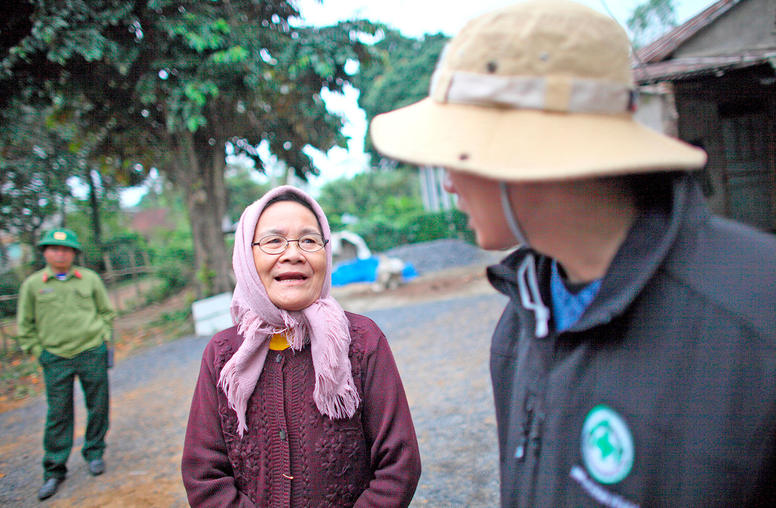
US Assistance to Vietnamese Families Impacted by Agent Orange
Addressing war legacies is a top priority for both the US and Vietnamese governments, although cooperation on the impacts of Agent Orange took more than 20 years to develop. This report reviews the history of that cooperation and examines assistance for those affected by Agent Orange, including families and caregivers, in Vietnam. The report identifies a need for comprehensive nonmedical support and offers recommendations to better address this need and further develop bilateral trust and respect.
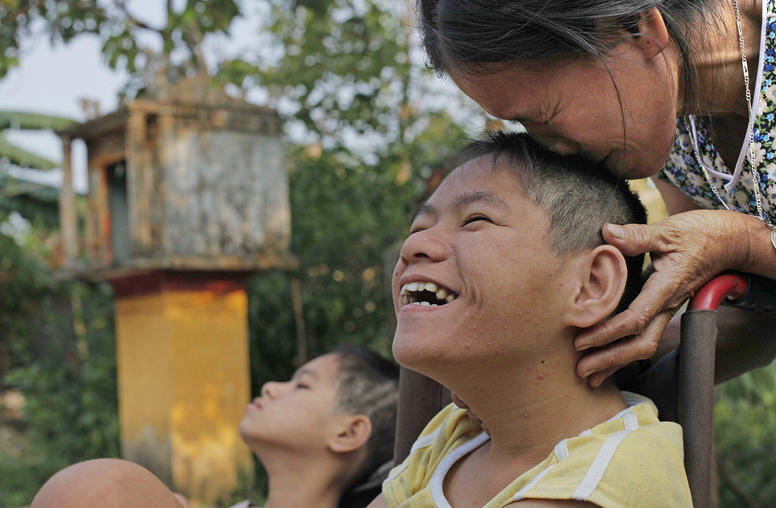
Agent Orange Victims in Vietnam: Their Numbers, Experiences, Needs, and Sources of Support
Between 1961 and 1971, US forces sprayed an estimated 12 million gallons of Agent Orange in Vietnam. The effects remain one of the most contentious legacies of the Vietnam War. This report focuses on the hardships faced by Vietnamese people living with Agent Orange–related health problems and disabilities and suggests ways the US and Vietnamese governments can better address the legacy of Agent Orange to provide support to individuals and families, and to strengthen bilateral relations.
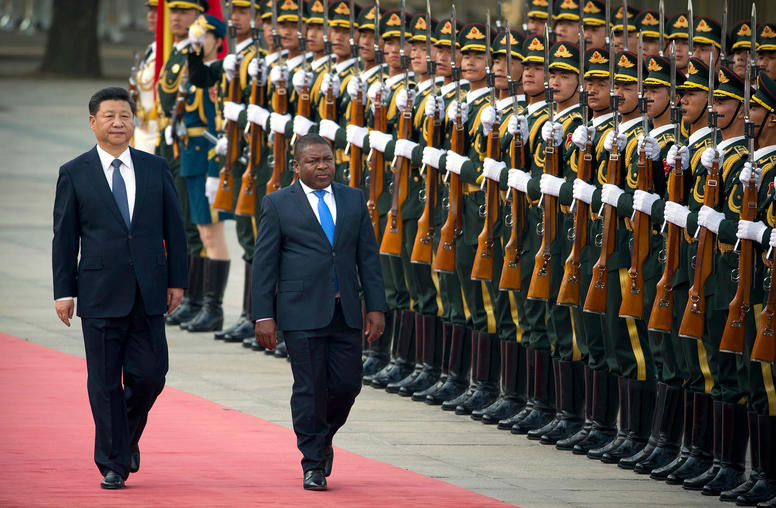
Chinese Professional Military Education for Africa: Key Influence and Strategy
One way the Communist Party of China seeks to increase the uptake of its norms, values, and institutional practices in Africa is by providing professional education and training opportunities to African military officers. In addition to promoting China’s governance models, these programs have graduates in top leadership positions across the continent, including presidencies and numerous top defense roles. This report urges US and Western policymakers to counter this influence by providing more opportunities for African officers to train in Western military institutions.
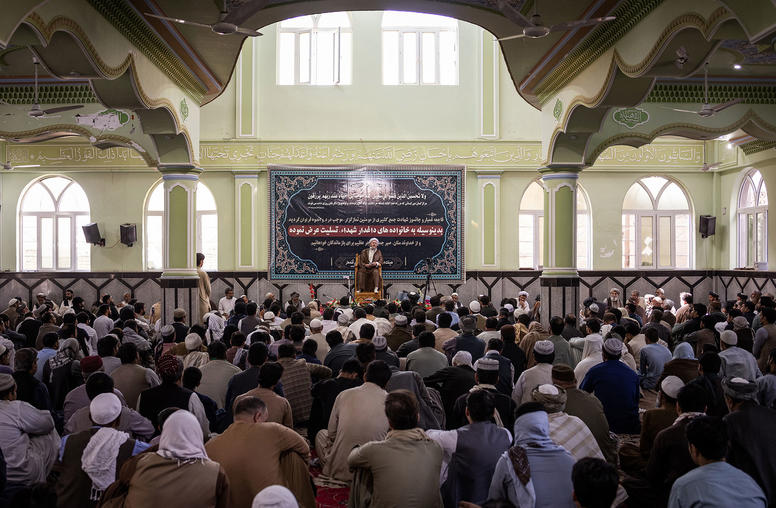
The Growing Threat of the Islamic State in Afghanistan and South Asia
When the Taliban took control of Afghanistan in 2021, counterterrorism experts were alarmed at the possible resurgence of Islamist terrorist groups within the country. This Special Report lays out why those concerns, particularly about the regional Islamic State affiliate known as Islamic State Khorasan Province (ISKP), were well-founded. The report discusses the likely trajectory of ISKP’s activities in South Asia and recommends measures to minimize potential threats to the West and build regional resilience to extremism.